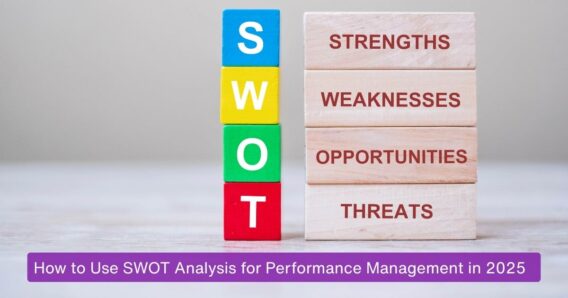For product-as-a-service models to succeed, supply chains must change.
5 min read
Organisations are increasingly moving towards new digital business models that prioritise attaining commercial success. According to research by Gartner, the share of revenue derived from conventional goods and services is falling, from 41% in 2019 to 33% in 2022. Additionally, survey respondents reported that digital as-a-service offerings accounted for one-third of their overall revenue.
Digital business models, often known as “product-as-a-service” or PaaS for short, are novel products with distinct value propositions and economic structures that frequently call for the supply chain to provide improved or new skills and competencies. The most critical change needed to transition to a service-centric company model is to stop focusing only on cost reduction and offer highly flexible operations that meet customer experience standards.
Two different versions of product-as-a-service
With PaaS solutions and related technology, brand owners may now distribute relevant content and experiences beyond customer delivery. There are two new categories of offerings that have matching business plans.
An outcome-based approach exists wherein consumers are billed according to the accomplishment of a specific goal. For instance, a fertiliser producer might bill a client according to the quantity of harvested bushels. With sensors built into machinery to monitor soil, direct planting, and control when fertiliser and pesticides are sprayed, technology will boost yields.
The alternative paradigm is centred on consumption. Customers will be billed according to the amount consumed under this approach. In this case, the fertiliser manufacturer charges the consumer according to the amount of fertiliser used. The sensors that the fertiliser producer inserted in the tanks track inventory and consumption. Both the customer’s invoice and tank refill are based on the information.
How supply chains need to adapt
The most essential obstacle supply chain executives say they need to get past in the next three to five years to maximise their impact on commercial innovation is figuring out how to operate differently or in segments of the supply chain. Supply chains must change to a segmented strategy to successfully implement a service-centric company model.
To meet the demands of the service-centric business model and satisfy customer expectations, a segmented model that provides replies based on consumer buying and experience preferences, product features and value propositions is needed. For instance, the supply chain may need to concentrate on producing a productive, low-cost output to support current items. In the meantime, PaaS’s value proposition and customer experience standards may call for a very adaptable supply chain reaction.
The extent and influence of supply networks vary depending on the kind of service, but in every case, the supply chain’s function goes beyond simply getting a physical product to a client. On the one hand, that relationship can entail expanding or changing post-delivery operations and introducing new ordering and billing procedures. Upsizing into production, distribution, and product creation could be considered on the other end of the scale.
Steps that supply chain executives should take
Although digital business models provide many advantages for companies, supply chain managers must adapt their operations and strategy. Here are some steps that leaders ought to take:
1. Consult with the teams working on product development and sales. Obtain information on the specifications, launch schedules, and anticipated production and distribution volumes of the products and services offered.
2. By creating or upgrading process flows by the client experiences specified by the PaaS offering, ascertain what capabilities the supply chain organisation will require to support the services. Review the overall process flow with the functions that feed, or are provided by, the supply chain processes, and include the activities that link to the supply chain-controlled process flows.
3. Segment products, service needs, and customers concerning PaaS and traditional products to design the supply chain operating model based on results.
4. Establish performance targets for traditional and as-a-service products to create supply chain segment-specific goals and incentives.
5. Explain to all parties involved in the supply chain what will happen, when, and how it will affect them. This is clear. However, we frequently witness supply chain companies fighting to implement even more fundamental adjustments than would be needed to accommodate business models that charge for services rather than products.
Conclusion
The shift towards product-as-a-service (PaaS) models signifies a profound transformation in business operations, where revenue sources are evolving from traditional goods to digital service offerings. However, this transition demands a fundamental overhaul in supply chain strategies and operations. The critical aspect lies in cost reduction and adapting supply chains to offer unparalleled flexibility and customer-centric experiences.
Ultimately, for PaaS models to thrive, supply chains must evolve and reinvent themselves to become agile, responsive, and aligned with the evolving landscape of digital service offerings.
If you are looking for supply chain management courses, connect with LBTC




